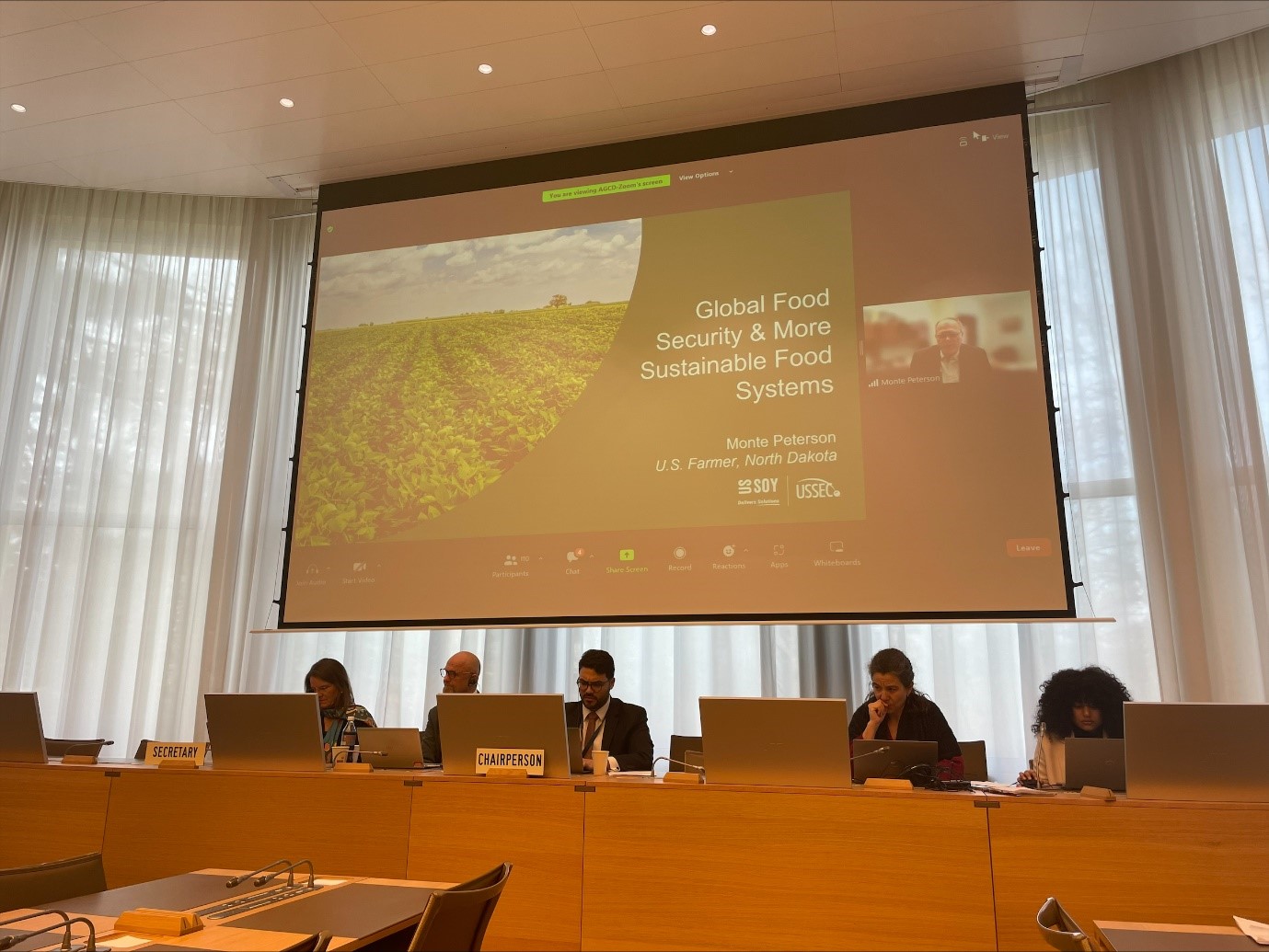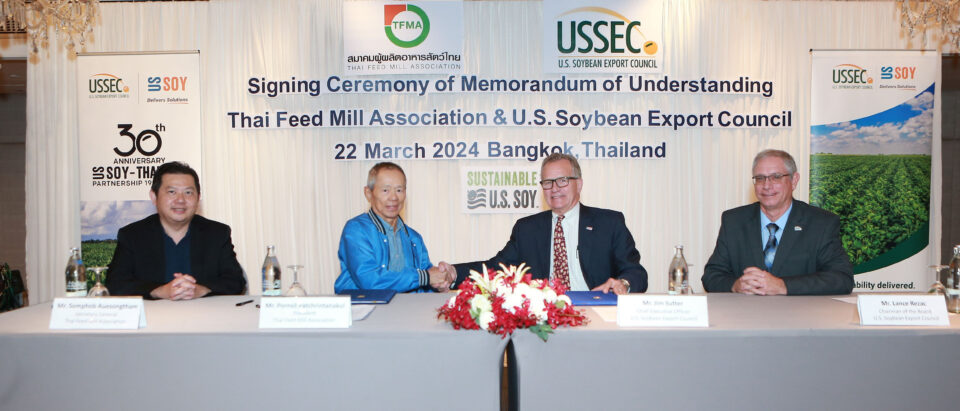
As a fourth-generation North Dakota farmer, my family has a deep connection to the land and is proud of its contribution to global food security. Like the more than 515,000 soybean farmers across the U.S., we have also adopted some of the most advanced sustainability practices to ensure we are having a positive impact on the environment.
But we are not without our challenges. And opportunities.
In 1995, the World Trade Organization (WTO) Ministerial Conference adopted the Agreement on the Application of Sanitary and Phytosanitary Measures (SPS Agreement), which safeguards the right for WTO members “to take measures necessary for the protection of human, animal or plant life or health.”
I recently addressed the WTO’s Committee on Sanitary and Phytosanitary Measures, where I educated for the harmonization of global regulations around this issue. This is important because the lack of harmonization has the potential to lead to trade disruptions – something none of us want to contend with.
Currently, there is a patchwork of regulations that are not aligned when it comes to a broad range of issues including maximum residue levels (MRLs), biotech authorizations, and sustainability requirements.
It’s critical to establish consistent, timely, predictable and transparent procedures for both importers and exporters, to reduce the risk this creates for disruption to trade. It’s important to remember the significant, positive impact that U.S. soybean farmers are having on the growing demands of the world. Currently, U.S. Soy reaches 72 markets for whole soybeans, 78 markets for soybean meal and 62 markets for soybean oil.
So, I also used this important WTO forum to discuss how U.S. soybean farmers are implementing more sustainable systems by embracing innovation, which are helping to mitigate the negative impact of climate change while still providing food security for the world.
On my farm in North Dakota, as on soybean farms across the country, we are implementing production and sustainability practices that are helping protect the environment, including soil conservation, precision technology, enhanced seed, integrated pest management, among others.
I have some very clear priorities on my own land, including producing a safe and quality crop, ensuring the economic viability of my crops and sustainable production, complying with national laws and rules, and leaving a legacy for the next generation.
Soybean farmers also have access to technology, such as biotechnology, crop protection, and management systems, that allow them to implement practices that maximize economic effectiveness while also caring for the environment.
As I told members of the Committee in Geneva, the environmental impact of U.S. Soybean production between 1980 and 2020 has been:
- Crop yields increased 130% in tons per acres
- Land use in acres per ton declined 48%
- Soil erosion in tons per bushel declined 34%
- Energy use per ton of production declined 46%
- Greenhouse gas emissions per ton of production declined 43%1
As U.S. soybean farmers continue to develop and implement world-leading sustainability practices, we must also continue to educate for greater harmonization across regulations to ensure we maintain access to global markets without risk of trade disruptions. Not just markets we currently have access to, but potential new markets as we continue to expand our reach and contribute to global food security.
This story was partially funded by U.S. Soy farmers, their checkoff and the soy value chain.
1 ) Field to Market: The Alliance for Sustainable Agriculture, 2021. Environmental Outcomes from On-Farm Agricultural Production in the
